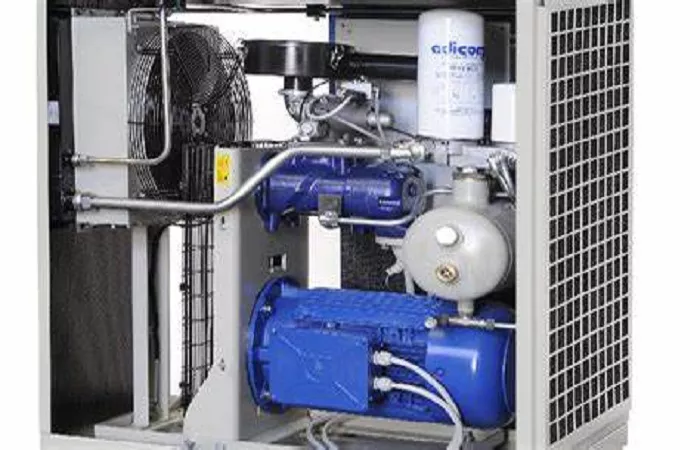Air conditioning (AC) systems rely on refrigerant and lubricating oil to function efficiently. The oil in an AC compressor plays a critical role in reducing friction, cooling moving parts, and ensuring the system’s longevity. However, too much or too little oil can lead to performance issues or even compressor failure.
The Role of Oil in an AC Compressor
Before discussing oil quantity, it’s essential to understand why oil is necessary in an AC system.
Key Functions of Compressor Oil
Lubrication: Reduces friction between moving parts (pistons, bearings, rotors).
Cooling: Helps dissipate heat generated during compression.
Sealing: Improves compression efficiency by sealing gaps between components.
Debris Management: Suspends small metal particles and prevents sludge buildup.
How Much Oil is in a Typical AC Compressor?
- Compressor type (reciprocating, rotary, scroll, etc.)
- System size (residential, commercial, automotive)
- Manufacturer specifications
General Oil Capacity Guidelines
| System Type | Oil Capacity (oz) | Oil Capacity (ml) |
|---|---|---|
| Automotive AC | 4 – 8 oz | 120 – 240 ml |
| Residential AC | 10 – 20 oz | 300 – 600 ml |
| Commercial AC | 20 – 50 oz | 600 – 1500 ml |
Factors Affecting Oil Quantity
Compressor Displacement: Larger compressors require more oil.
Refrigerant Type: R-410A systems typically need more oil than R-22 systems.
Line Set Length: Longer refrigerant lines may require additional oil.
Oil Circulation Rate: Some systems retain oil in the compressor, while others circulate it.
Checking & Adding Oil to an AC Compressor
Low oil: Increased wear, overheating, compressor seizure.
Excess oil: Reduced cooling efficiency, oil logging, refrigerant contamination.
How to Check Oil Levels
Drain and Measure (Most Accurate Method)
- Recover refrigerant.
- Drain oil into a clean container.
- Measure and compare with manufacturer specs.
- Refill with the correct amount of new oil.
Sight Glass or Dipstick (Some compressors have these)
- Check oil level while the system is off.
- Ensure oil is between “MIN” and “MAX” marks.
Adding Oil to the System
- Use only the oil type specified by the manufacturer.
- Add oil in small increments (e.g., 1 oz at a time).
- Avoid overfilling—excess oil reduces heat transfer efficiency.
Signs of Incorrect Oil Levels
Symptoms of Low Oil
- Loud compressor noise (grinding, knocking)
- Overheating (thermal cutoff trips frequently)
- Reduced cooling performance
- Compressor seizure (worst-case scenario)
Symptoms of Too Much Oil
- Reduced cooling capacity (oil blocks refrigerant flow)
- Higher discharge temperatures
- Oil slugging (liquid oil entering the compressor)
Oil Changes & Maintenance
When to Replace Compressor Oil?
- After a compressor burnout (contaminated oil must be flushed).
- During major repairs (e.g., replacing the compressor or condenser).
- Every 5–10 years (preventative maintenance for long-life systems).
Oil Replacement Best Practices
- Flush the system if debris or acid is present.
- Use a vacuum pump to remove moisture before recharging.
- Follow manufacturer guidelines for oil type and quantity.
Common Mistakes to Avoid
Guessing the Oil Amount: Always check specs.
Mixing Oil Types: PAG and POE oils are not interchangeable.
Igniting Oil Contamination: Moisture or acid can damage the system.
Overfilling: Excess oil reduces efficiency.
Conclusion
The correct amount of oil in an AC compressor is crucial for system performance and longevity. While typical automotive compressors hold 4–8 oz and residential units 10–20 oz, always refer to manufacturer specifications. Regular maintenance, proper oil checks, and avoiding overfilling will ensure your AC system runs efficiently for years.

